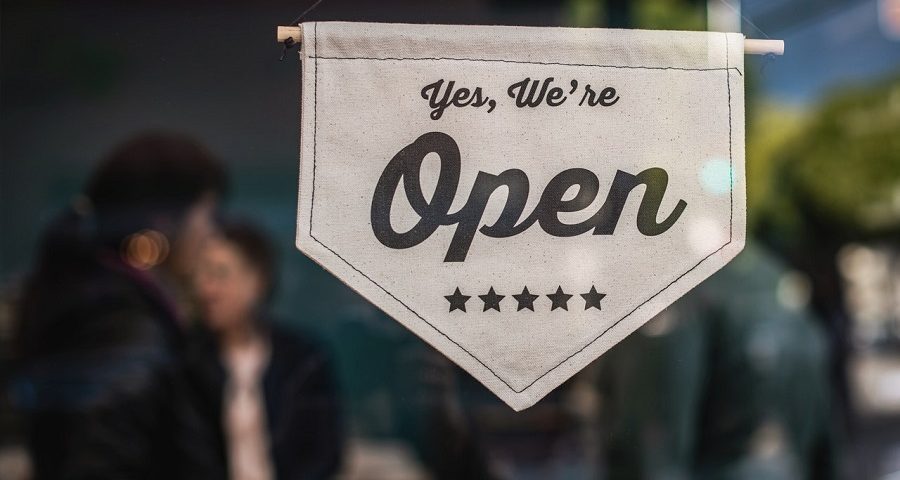- Have any questions?
- 888-432-8878
- steve@sebackground.com
On June 4, 2020, Congress passed the Paycheck Protection Flexibility Act of 2020 and improved the Paycheck Protection Program (PPP) for small-business loans. The bill attempts to ease restrictions on small businesses as they seek PPP loan forgiveness under the Paycheck Protection Program authorized by The Coronavirus Aid, Relief, and Economic Security Act, also known as the CARES Act.
What is the Paycheck Protection Program?
The coronavirus outbreak has decimated small businesses across the nation. Many of them are in industries most susceptible to the pandemic, such as retail and healthcare, accommodations, and food services. These businesses are now at the mercy of a swift recovery.
Under the CARES Act’s Paycheck Protection Program, which passed the House almost unanimously, small businesses will be provided loans to help keep their workers employed during the COVID-19 pandemic, and offered PPP loan forgiveness to maintain a high percentage of employees on payroll.
Paycheck Protection Program Application Criteria
The Small Business Administration (SBA) said it would provide safe harbor to all Paycheck Protection Program borrowers of less than $2 million, in terms of deeming their certifications to have been made in good faith.
In other words, small businesses no longer need to fret over Paycheck Protection Program eligibility. A Paycheck Protection Program SBA loan is available for borrowers of above $2 million, or small borrowers who have concerns about their PPP applications.
Borrowers can reapply for PPP loans as long as they no longer have an active E-Tran loan number.
PPP Loan Forgiveness Reductions and Safe Harbor
Under the Paycheck Protection Program Flexibility Act, also known as the PPP Flexibility Act, a PPP loan borrower’s forgiveness amount can be reduced if: 1.) The borrower cannot bring back the same number of employees that they had pre-pandemic. The new law made changes to the PPP loan requirements on bringing back workers and give employers until Dec. 31, 2020 to restore their workforce to pre-pandemic levels. 2.) The PPP loan bill also created new exceptions to the new law that excuse an employer from bringing back workers if they can document that they were unable to rehire a work or a similarly qualified worker. Employers can also be excused from bringing back their workforce to pre-pandemic levels if they can document a health or safety requirement related to the coronavirus outbreak that restricted their business.
PPP Loan Forgiveness Hiccup
Paycheck Protection Program arrived with its own share of controversies and problems. One, tens of thousands of borrowers didn’t meet the PPP loan requirement that 75% of PPP loans be used on payroll. It’s being speculated that this was the reason why so many small businesses didn’t bother applying for PPP loan forgiveness.
The new bill reduces the amount of loan needed to be spent on payroll from 75% to 60%, and thus increasing the amount of funds available for other expenses from 25% to 40%.
PPP Forgiveness Application Changes Coming Soon
Borrowers who received Paycheck Protection Program funds and who were already planning to submit a forgiveness application will need to wait, as the Small Business Administration (SBA) and Treasury will be updating PPP Guidance and the PPP forgiveness application.
Current PPP borrowers can choose to extend the eight-week period to 24 weeks, or they can keep the original eight-week period. New PPP borrowers will receive a 24-week covered period, although the covered period cannot extend beyond Dec. 31, 2020. This flexibility will allow small businesses to reach full, or nearly full forgiveness.
PPP borrowers can use the 24-week covered period to restore their workforce and pay to pre-COVID levels required for full forgiveness. This cannot extend beyond Dec. 31, 2020, a change from the previous deadline of June 30.
The Paycheck Protection Flexibility Act of 2020 would allow more small businesses to benefit from the relief effort.
Paycheck Protection Program Details & Controversies
In just under two weeks, the Paycheck Protection Program has doled out 14 years’ worth of loans. Congress provided an additional $310 billion in funding on top of the $349 billion in an April 21 vote. The demand for the program waned due to controversies surrounding PPP loans being awarded to publicly traded companies and other large enterprises. There were other concerns over the attainability of loan forgiveness under the Paycheck Protection Program’s rules that gained disapproval from small businesses and other eligible entities.
Congress established the Paycheck Protection Program to provide relief to small businesses during the COVID-19 pandemic as a part of the $2 trillion stimulus package, known as the CARES Act. The legislation authorized Treasury to use the SBA’s 7(a) small business lending program to fund PPP loans of up to $10 million per borrower that qualifying entities could spend on payroll, utilities, rent and mortgage interest.
Yes, PPP Loan is available for independent contractors
PPP loan is available to small businesses that were in operation on Feb. 15 with 500 or fewer staff, including tax-exempt not-for-profits, veterans’ organizations, independent contractors, sole proprietorships, self-employed individuals, and Tribal concerns. Businesses with more than 500 employees can also apply for PPP loans in certain conditions.
The post Small Businesses Get Flexibility under New PPP Loan Forgiveness Bill appeared first on The HR Digest.
Source: New feed





